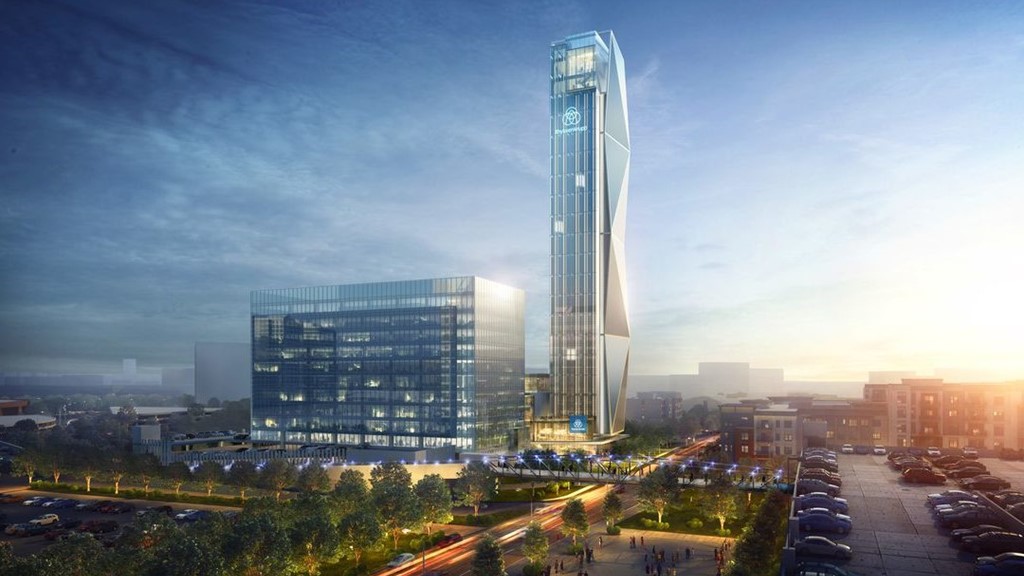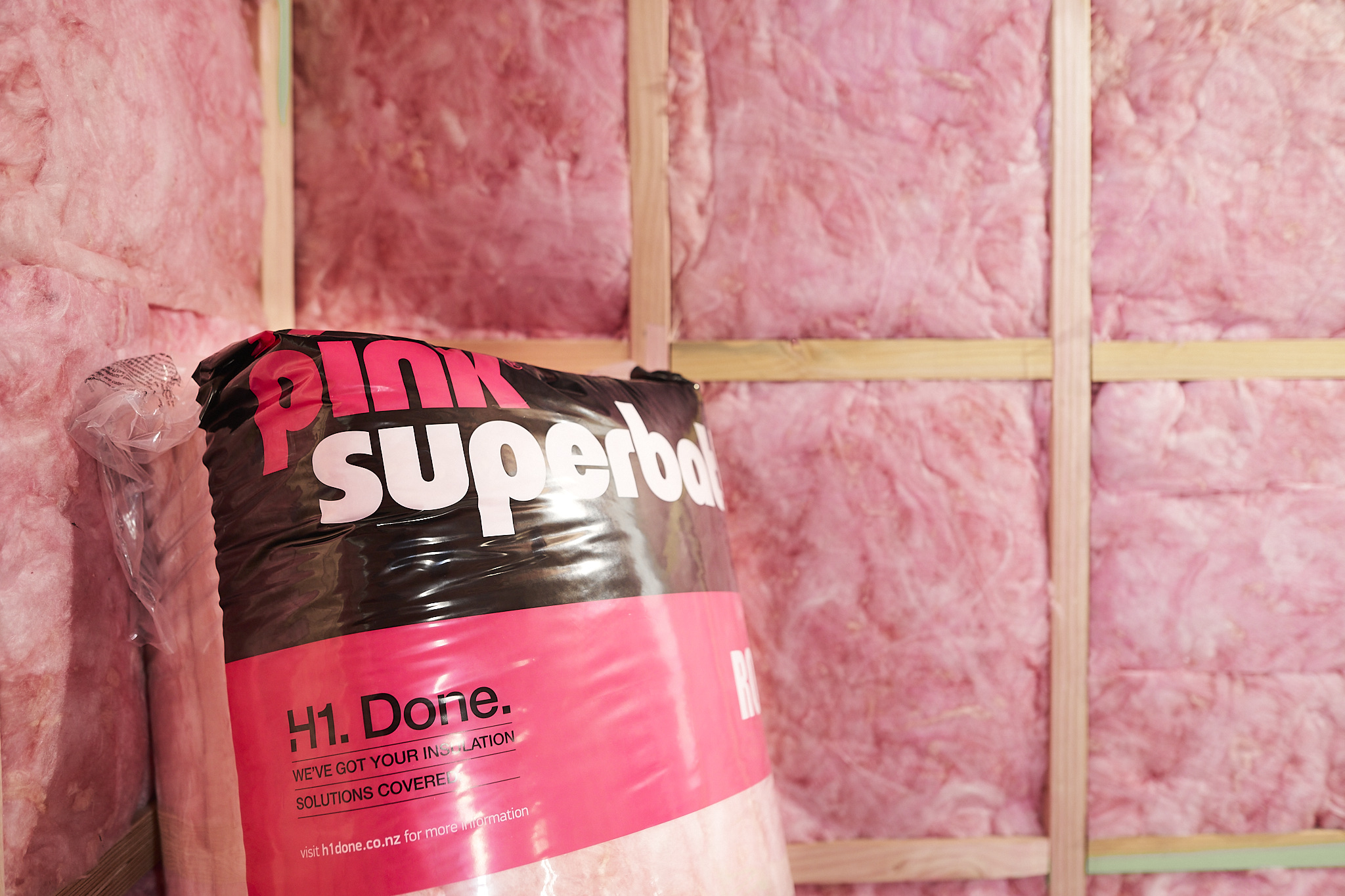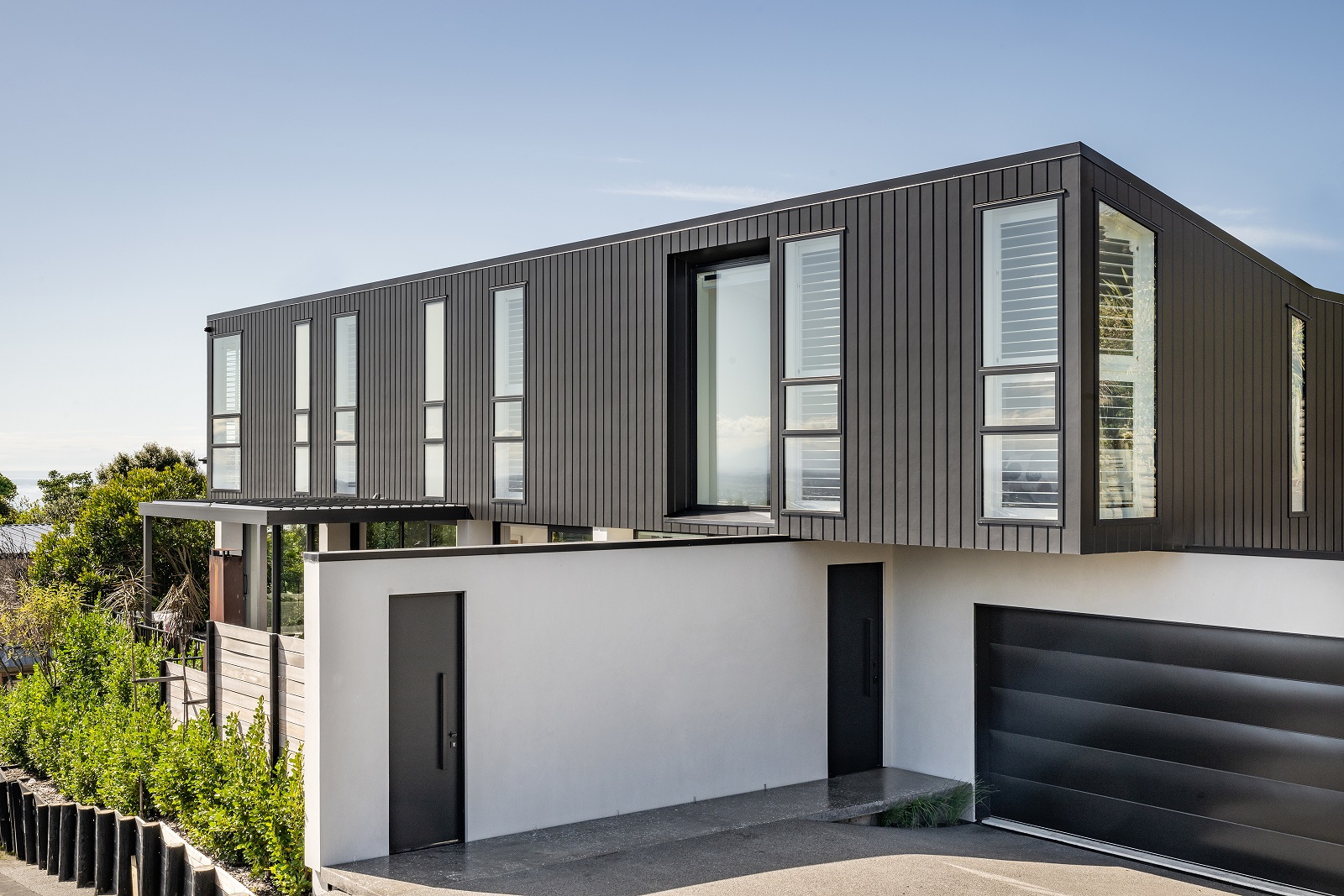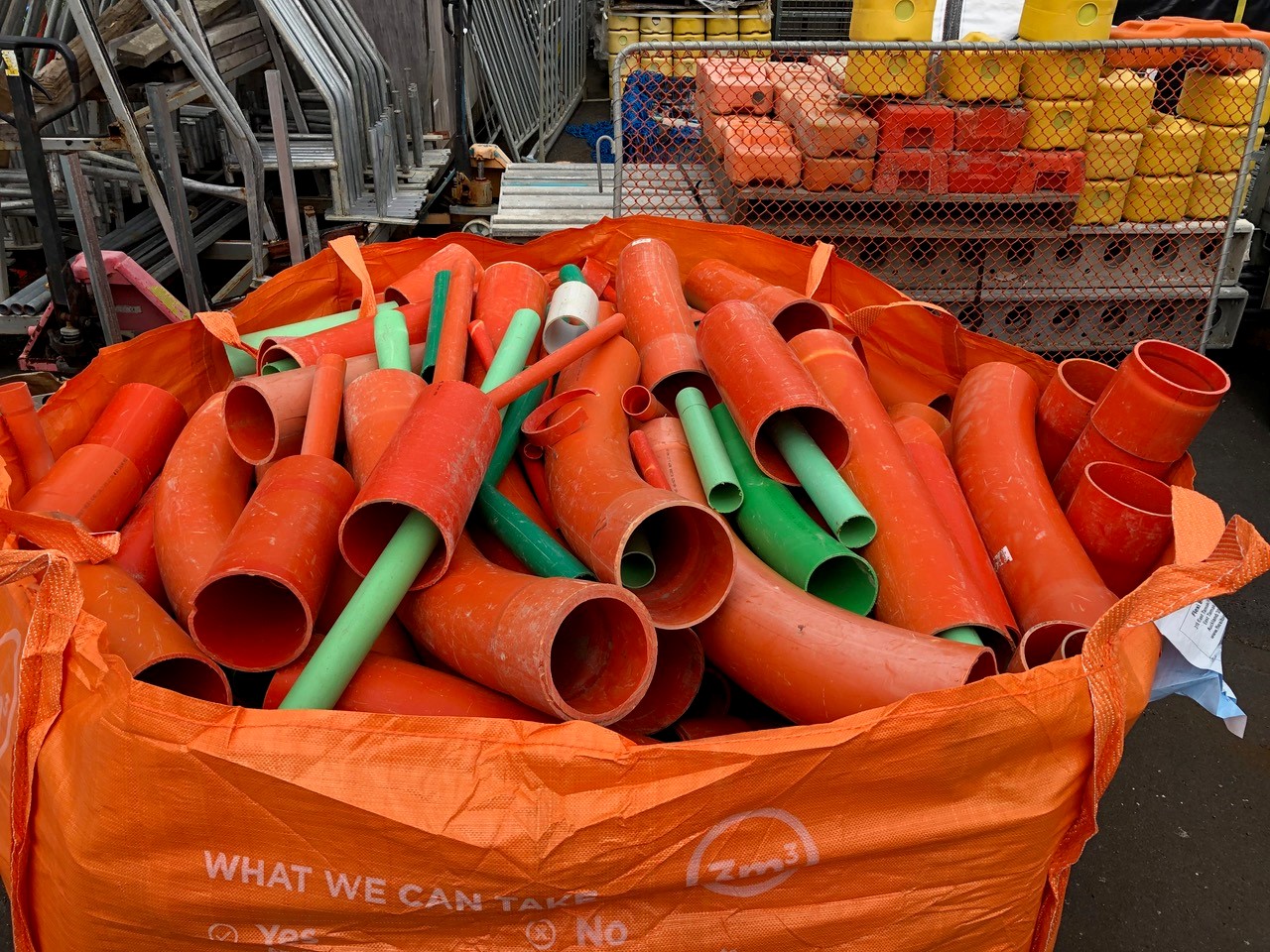The final scene in the 1971 movie “Willy Wonka and the Chocolate Factory” shows Charlie, Willy Wonka and Grandpa Joe riding a magical glass elevator through the sky. German conglomerate Thyssenkrupp aims to achieve something just as transcendent, building a global network of testing towers to make it possible. One of the world’s largest lift companies, Thyssenkrupp recently announced a new headquarters in Atlanta, Georgia. In addition to housing 900 employees, the facility will feature the world’s most advanced 128 metre lift qualification and testing tower. The tower will house 18 test shafts and can be used to trial new concepts and production prototypes, including high-speed lifts, the two-cabins-per-shaft lift system known as TWIN and the world’s first cable-less, horizontal system, MULTI. The Atlanta development complements innovation centres that Thyssenkrupp has already established in Germany and China, involving collaboration with nearby universities. Completion of the new complex is expected by early 2022. Thyssenkrupp’s MULTI technology employs the kind of technology that Charlie and Willie Wonka would have appreciated; magnetic levitation (Maglev) which abandons cables in favour of magnetic coils. The company first announced its plan for Maglev powered lifts in 2014. Some were excited but others expressed skepticism. In 2017 the company built a 246 metre testing tower at Rottweil in southern Germany in as many days to test the technology. Few are laughing now… The new system runs on rails, powered by magnetic fields. When a lift stops at a floor, the rails can rotate, allowing the lift to move on a horizontal plane, rather than in vertical motion. The company’s plan is for a system of several shafts running next to each other. Maglev lift software will calculate routes to take lifts between shafts, managing congestion by shuffling them back and forth, making building transportation more convenient. If feasible and cost-effective, Thyssenkrupp’s plans could revolutionise building design. Architects will no longer be restricted to vertical shafts and lifts might be able to use different spaces inside and potentially on the exterior of buildings as well. Conventional cable lifts can only rise safely for around 500 metres, meaning that the world’s megascrapers need multiple lift shafts to get people to the top. MULTI could do away with that problem. So if you’ve ever had nightmares about being stuck in a lift between floors, Thyssenkrupp is working hard to calm your fears and deliver you a golden ticket that will soothe you back to sleep. Get ready to glide magically up, down and sideways…
Ticket to Ride: Up, Down and Sideways




